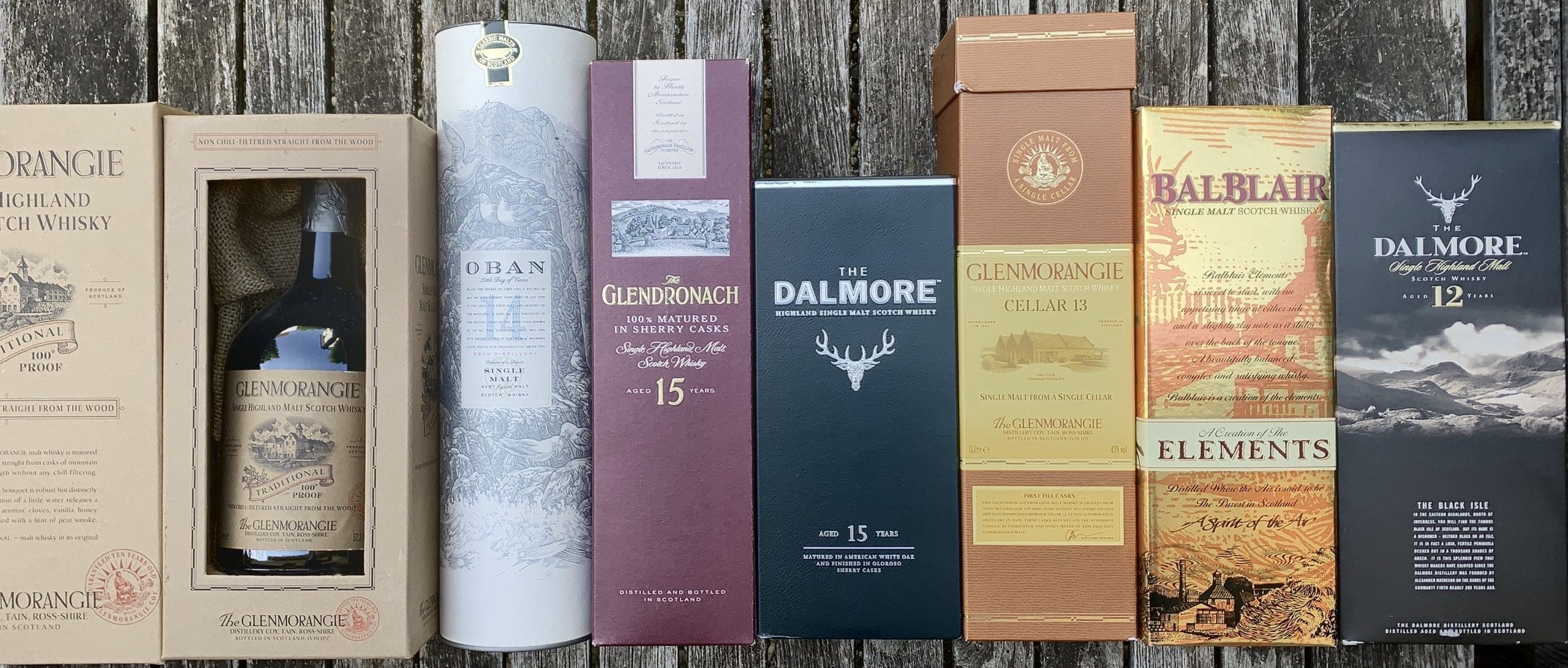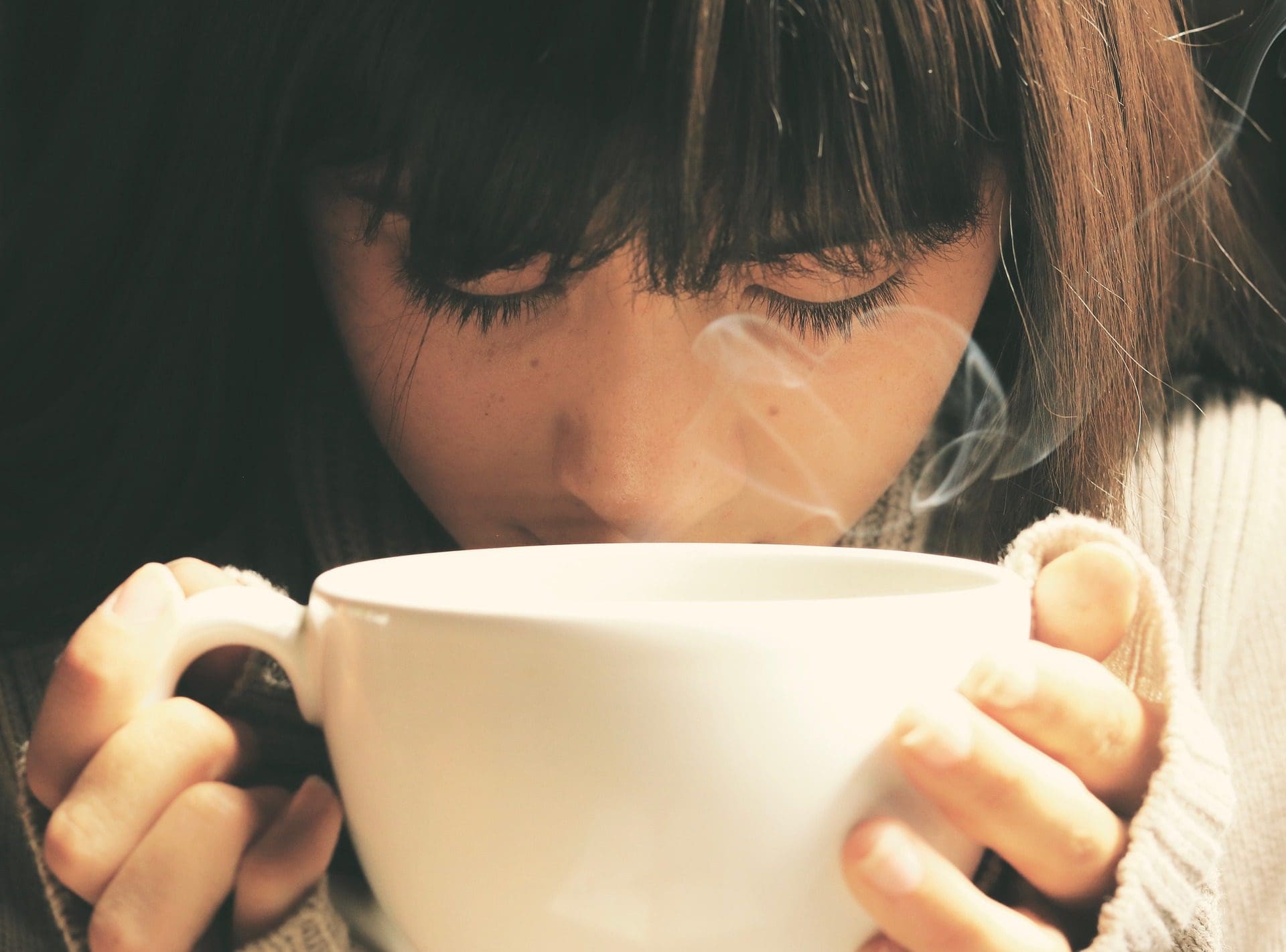My first independent experience with single malt was with a Highland malt, a Brora, which I was able to get my hands on rather by accident in 1990. The Highland Malt is named after the Scottish Highlands, which are clearly separated from the lower-lying Central Lowlands by the Highland Boundary Fault, which unfortunately is not the case in the Highland Whiskey Region. Although belonging to the Highlands, the Islands and Speyside are considered independent whiskey regions. To make matters worse, some of the distilleries located in Speyside, the region with the most single malt, attribute themselves to Highland Scotch Whisky. Very exact or more specialized whiskey lovers subdivide the Highland region again into Northern, Western, Southern and Eastern Highlands. One reason for this specialization may be that it gives you the chance to get to know all the single malts at least from this region. I'm sticking with my im previous post distinction made and am writing here about the Highland Malt, at least about the malt whiskey that I myself consider to be.
The Scottish highlands are largely characterized by treeless moors, mountainous areas with some "Munros", which mountain people from our region would probably describe as hills, and a long, rugged coast. Overall, the Highland is largely unforested and uninhabited.
I mention this because where a whiskey comes from has a huge impact on the whiskey itself. Not only the water and the barley determine the single malt, but also the type of preparation, the condition of the fermentation vat, especially the respective use of peat and the shape of the stills, whereby even the smallest new dent should have an influence on future whisky . In addition, there are the casks in which the whiskey is stored for many years, and also the area around the warehouse, since the ambient air there with all its scents, pollen and salts is literally sucked up by the whiskey over the casks.
Probably the best-known representative of Highland Malt is the Glenmorangie, whose distillery was founded in 1843. I always enjoy drinking it too Oban (since 1794), Balblair (since 1790), den Dalmore (since 1839) and the Glendrons (since 1826), whereby, interestingly, a large part of the Johnnie Walker's said to come from the Highlands.
All in all, there are said to be almost 40 distilleries that can be attributed to Highland Malt. My experience from three decades is that this can probably never be definitively determined, since not only old distilleries are closed and reopened years later, but completely new ones are always being added, not to mention mergers.

"She was only a whiskey-maker, but he loved her still."
Anon





